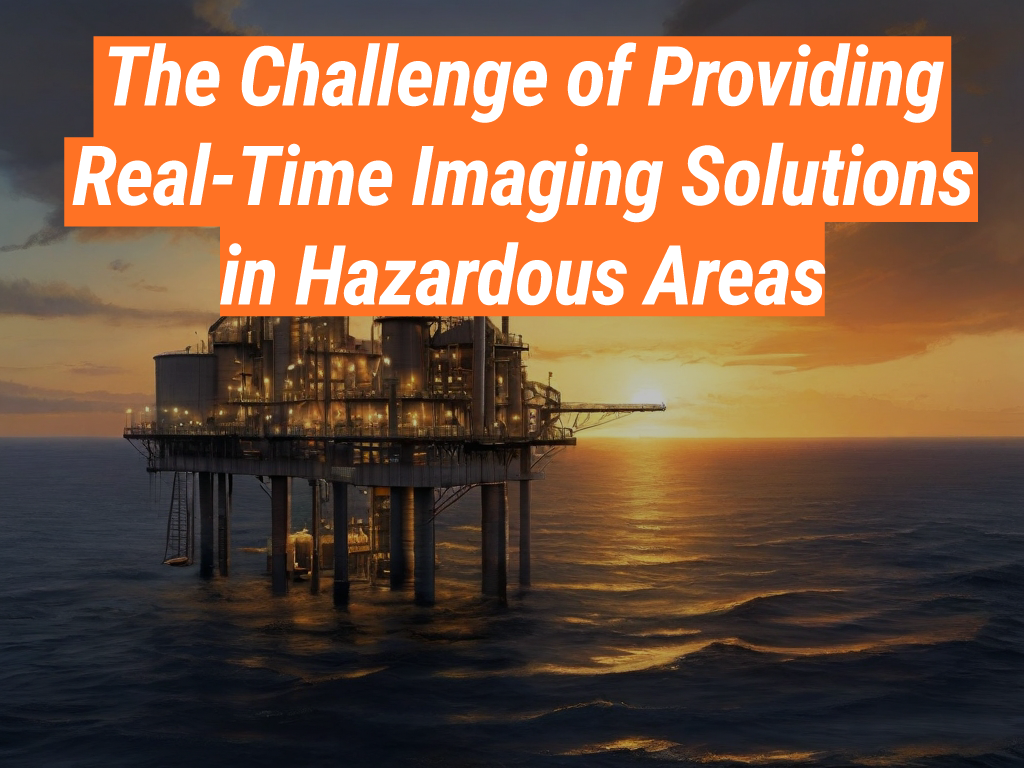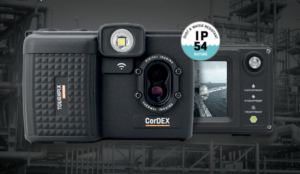As industries continue to evolve, the demand for real-time imaging solutions in hazardous areas has significantly increased. These solutions are crucial in ensuring safety and efficiency in sectors such as oil and gas, mining, and chemical processing. However, providing these solutions comes with a unique set of challenges. This article, brought to you by the Intrinsically Safe Store, will delve into these challenges and how they can be addressed. We invite you to visit our website to learn more about our solutions for hazardous environments.
Understanding the Need for Real-Time Imaging in Hazardous Areas
Real-time imaging solutions are essential in hazardous areas for several reasons. They provide immediate visual data, enabling quick decision-making and response. They also help in monitoring and controlling processes, detecting anomalies, and ensuring safety. However, the harsh conditions in these areas pose significant challenges to the deployment and operation of imaging systems.
Challenges in Providing Real-Time Imaging Solutions
1. Harsh Environmental Conditions
The extreme conditions in hazardous areas can damage imaging equipment. High temperatures, corrosive substances, and explosive atmospheres can affect the performance and lifespan of these systems.
2. Safety Regulations and Standards
Compliance with safety regulations and standards is another challenge. Imaging systems must be intrinsically safe, meaning they should not ignite an explosive atmosphere under normal or fault conditions.
3. Technical Limitations
Technical limitations such as limited bandwidth, latency issues, and power constraints can also hinder the provision of real-time imaging solutions.
Overcoming the Challenges
Despite these challenges, companies like the Intrinsically Safe Store are providing innovative solutions. These include intrinsically safe cameras, thermal imaging systems, and wireless video systems designed for hazardous areas.
1. Using Intrinsically Safe Equipment
Intrinsically safe equipment is designed to operate safely in explosive atmospheres. They limit the energy available for ignition and are encapsulated to prevent the release of sparks or heat.
2. Leveraging Advanced Technologies
Technologies such as wireless communication, cloud computing, and artificial intelligence are being used to overcome technical limitations and improve the performance of imaging systems.
3. Compliance with Safety Standards
Ensuring compliance with safety standards is crucial. This involves rigorous testing and certification of equipment to ensure they meet the required safety standards.
Providing real-time imaging solutions in hazardous areas is indeed challenging. However, with the right equipment, advanced technologies, and adherence to safety standards, these challenges can be overcome. The Intrinsically Safe Store is at the forefront of providing these solutions, ensuring safety and efficiency in hazardous areas. We invite you to contact us to learn more about our products and services.



























